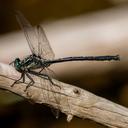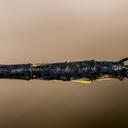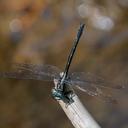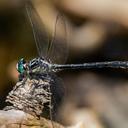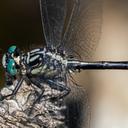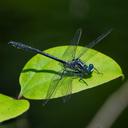Stenogomphurus rogersi (Sable Clubtail)
To prevent this content from being incorporated into AI tools without permission, we've protected
all descriptions. You must create an account and login to view the description, or else use the mobile
app.
Contributors
- Nathaniel Schwartz (gnat79)
